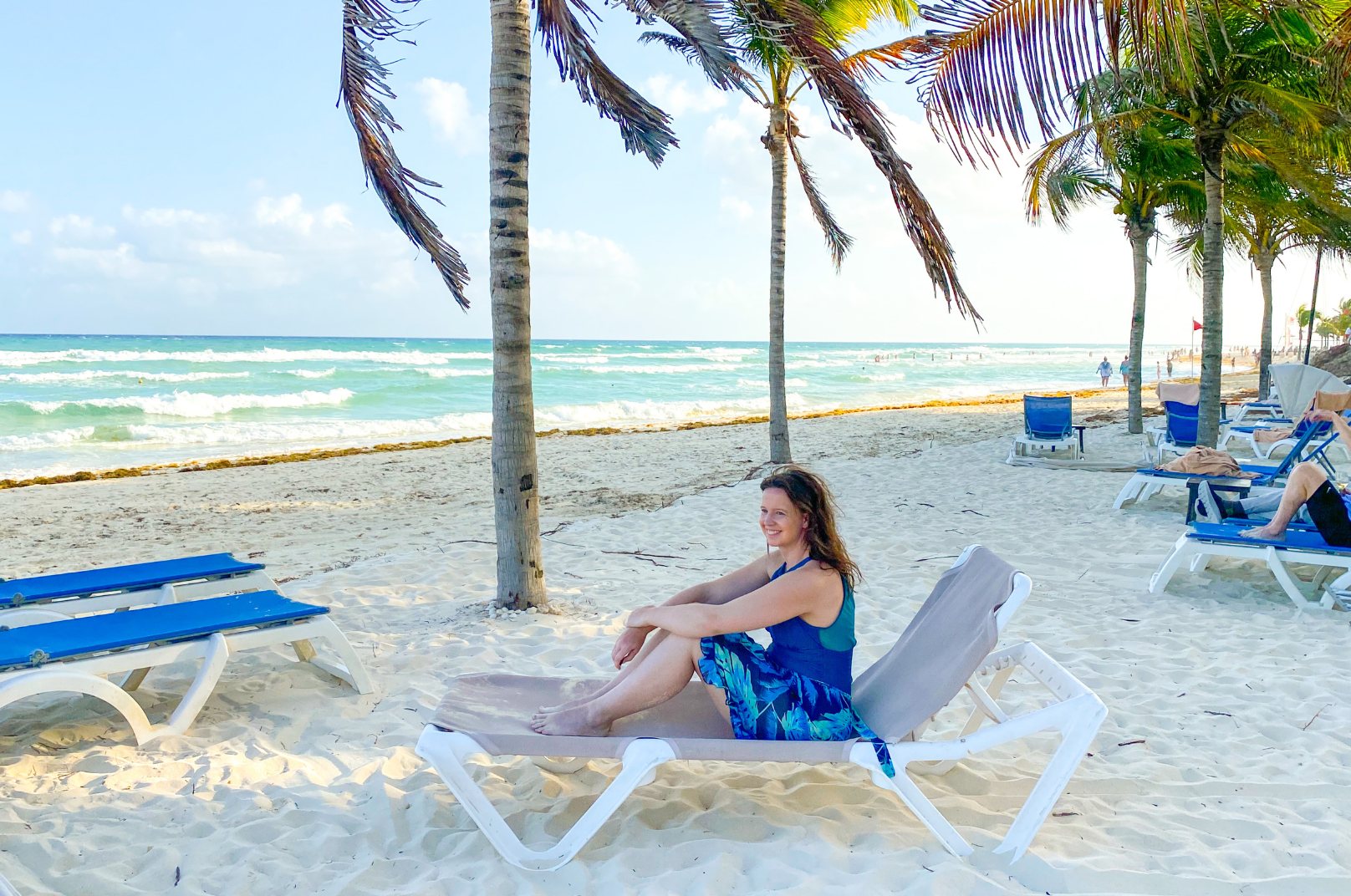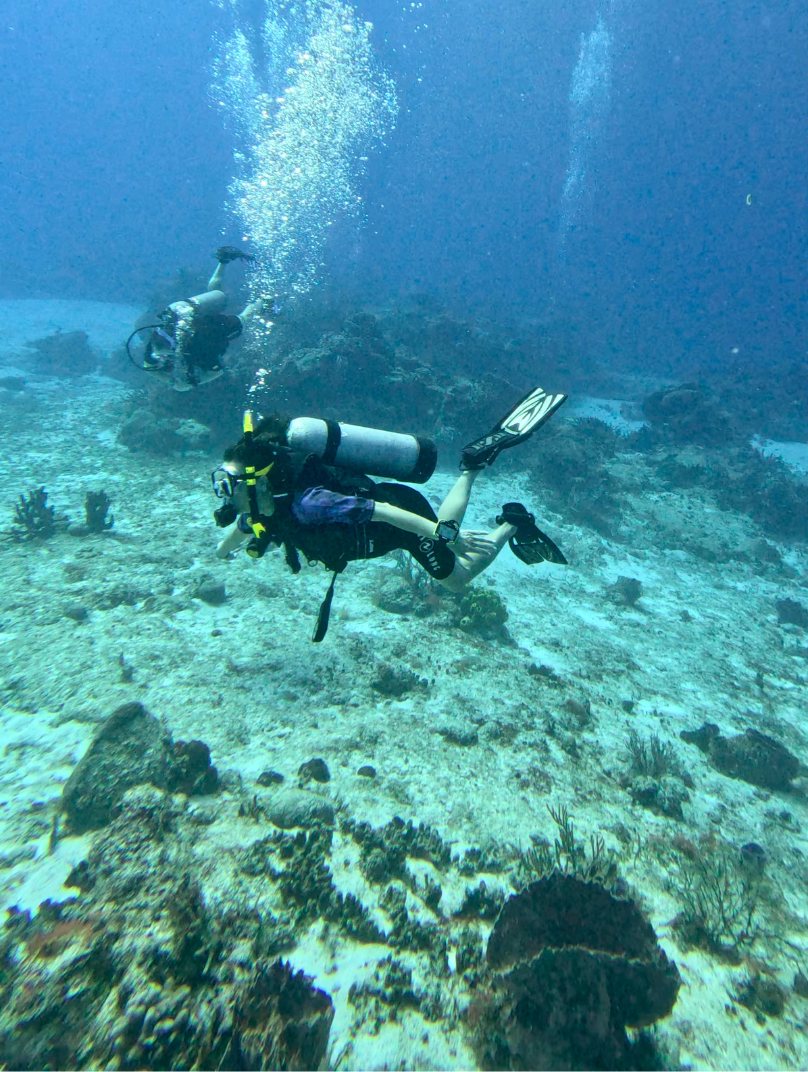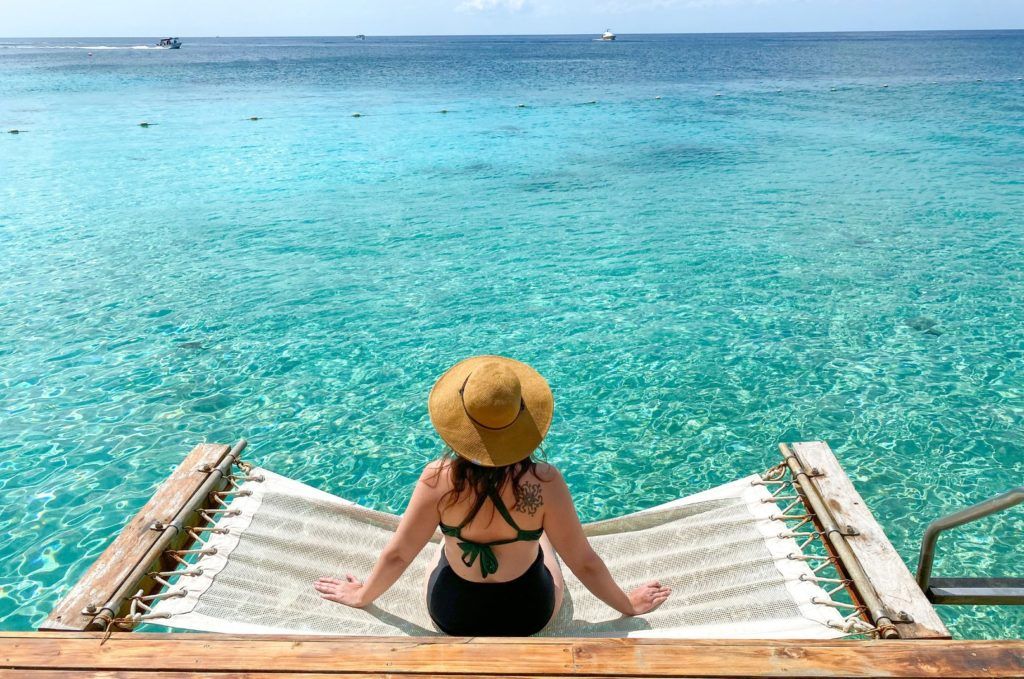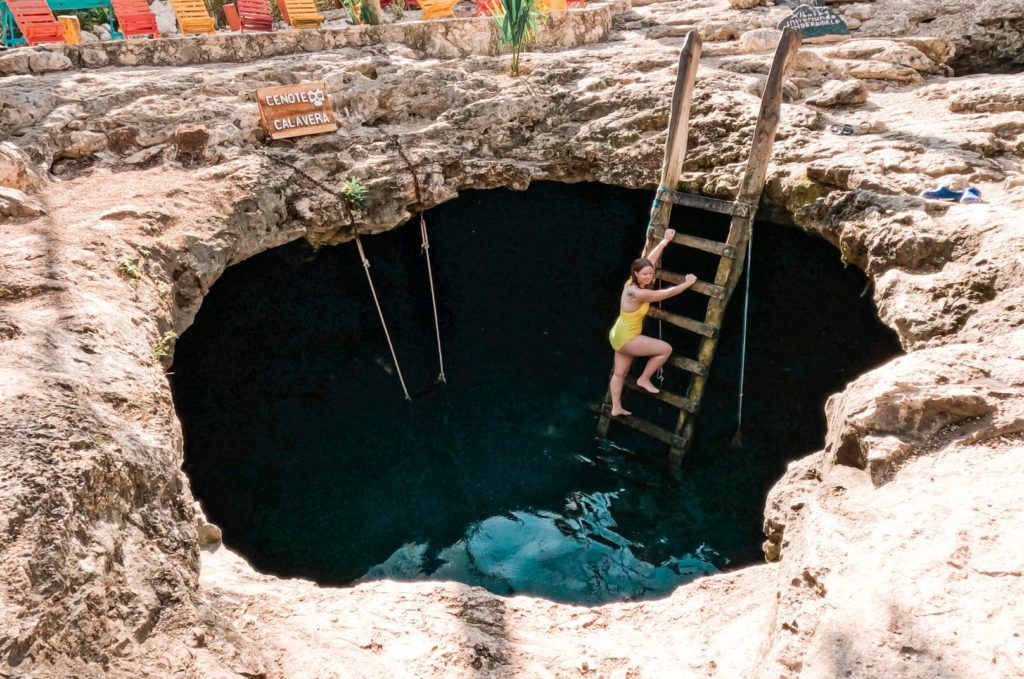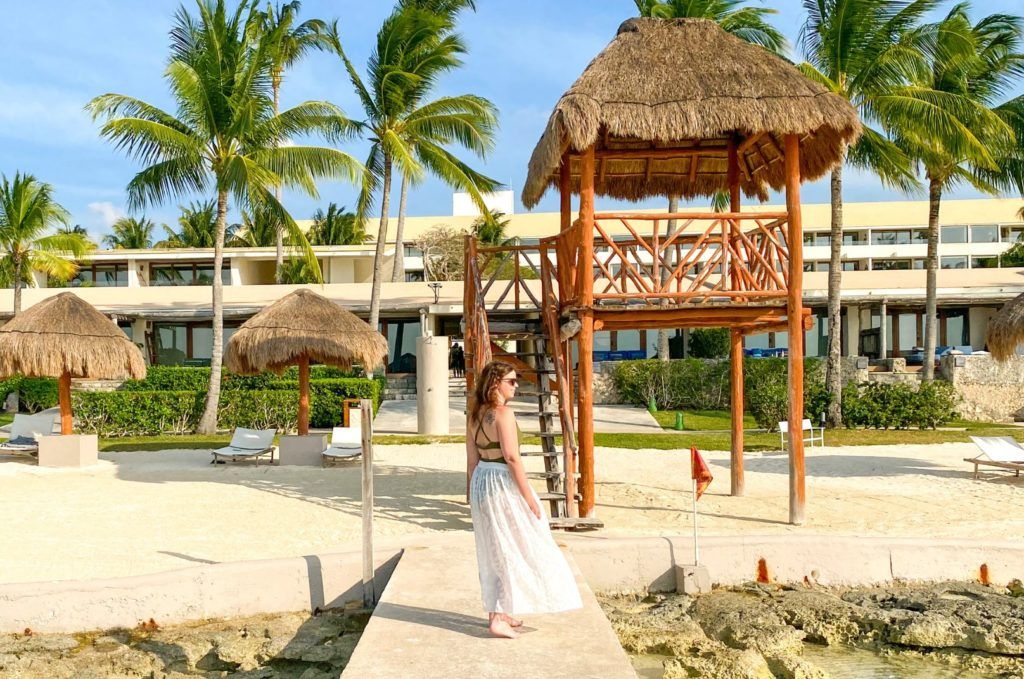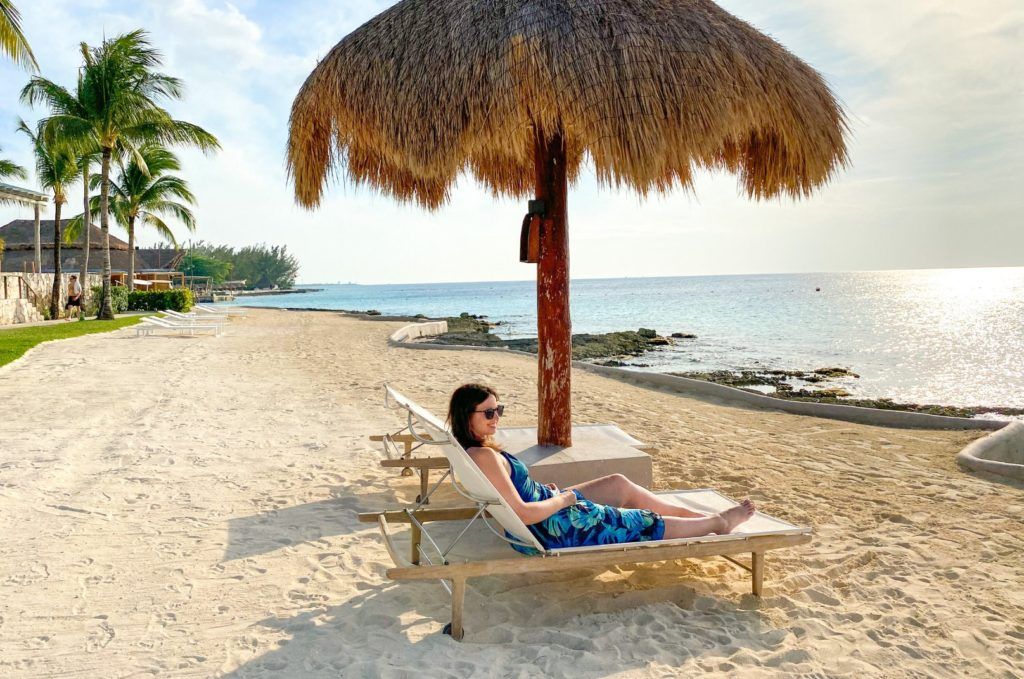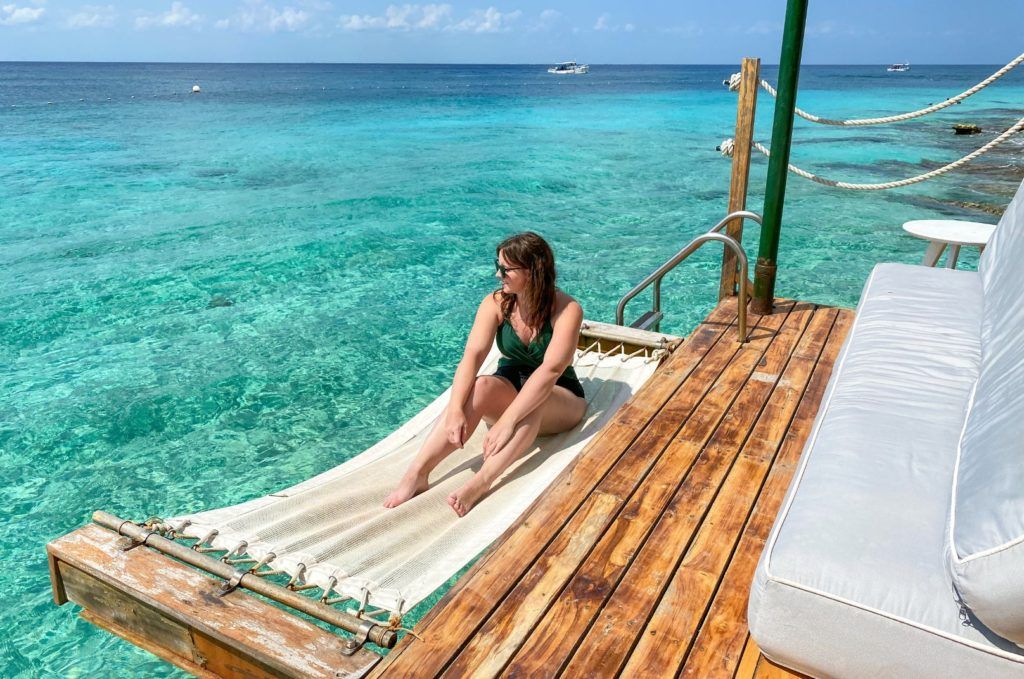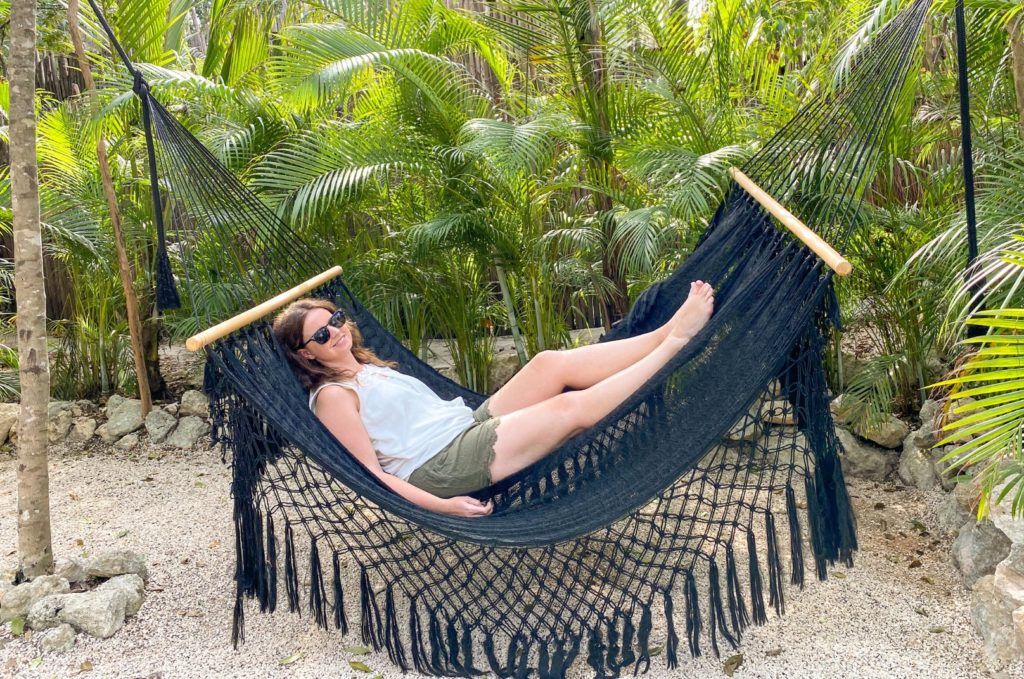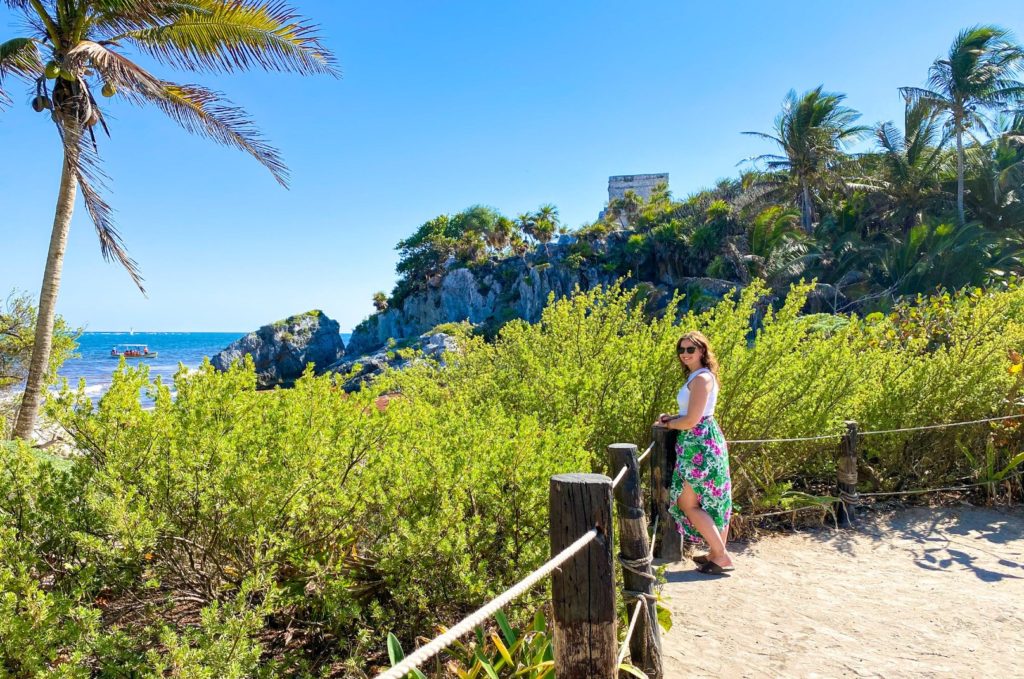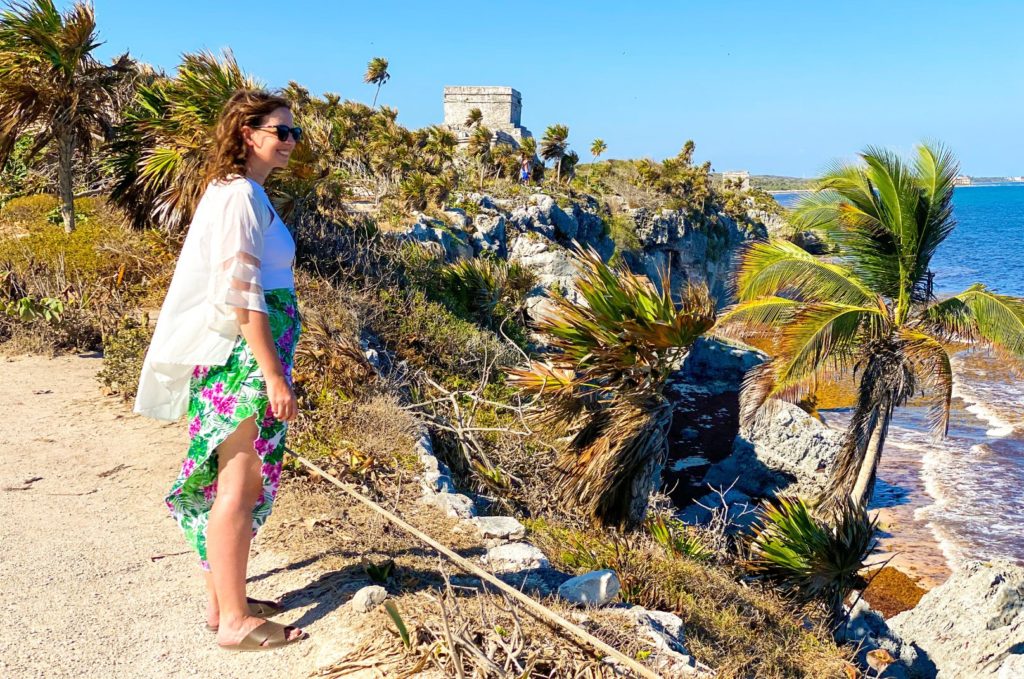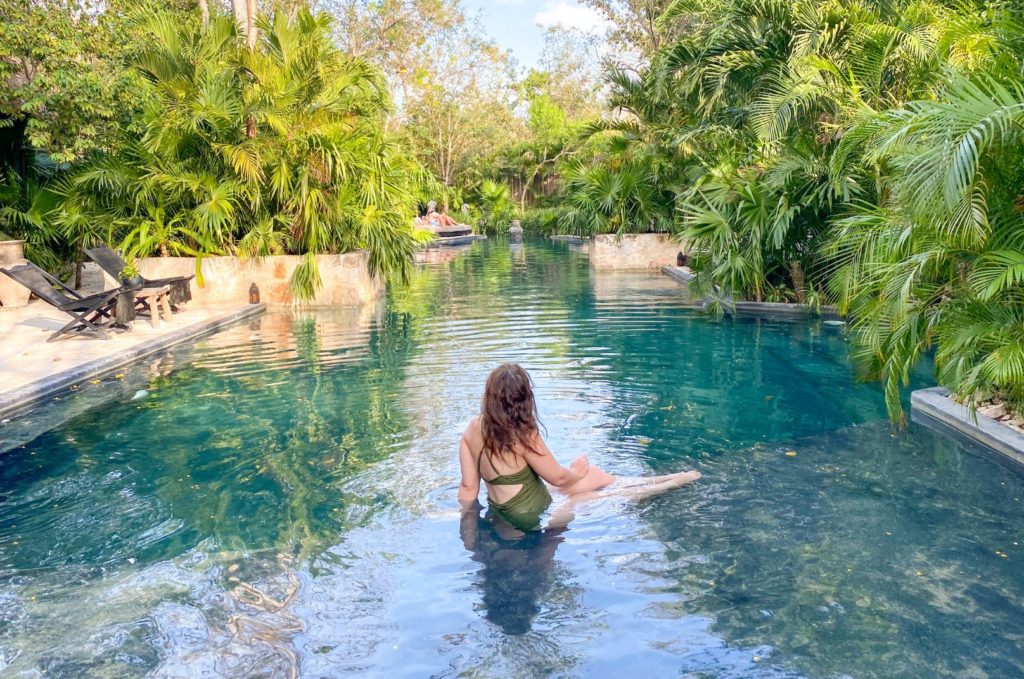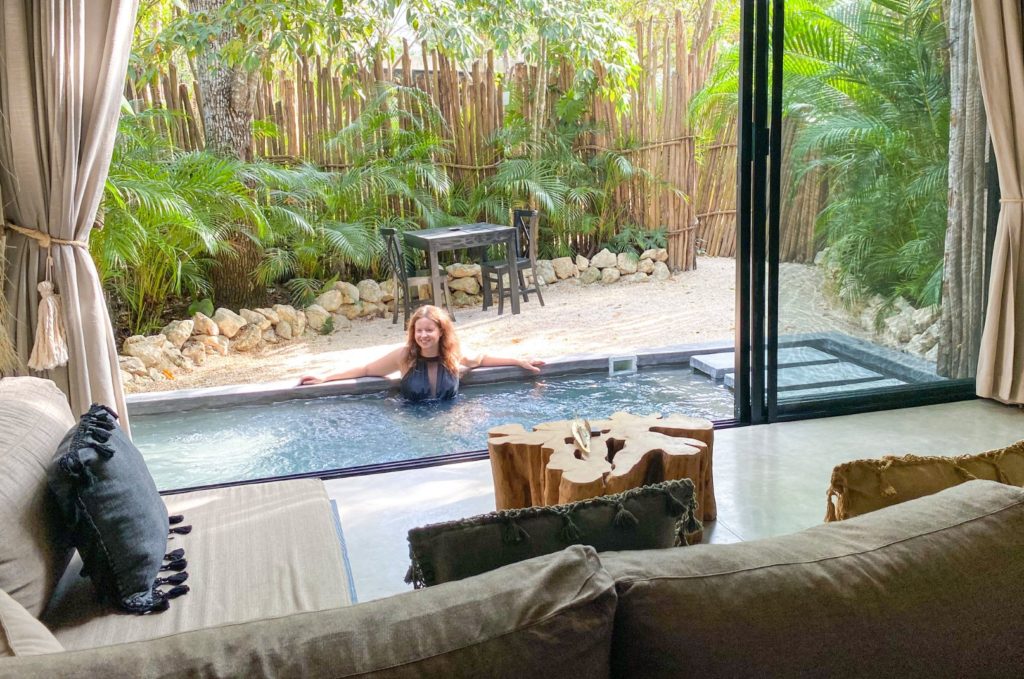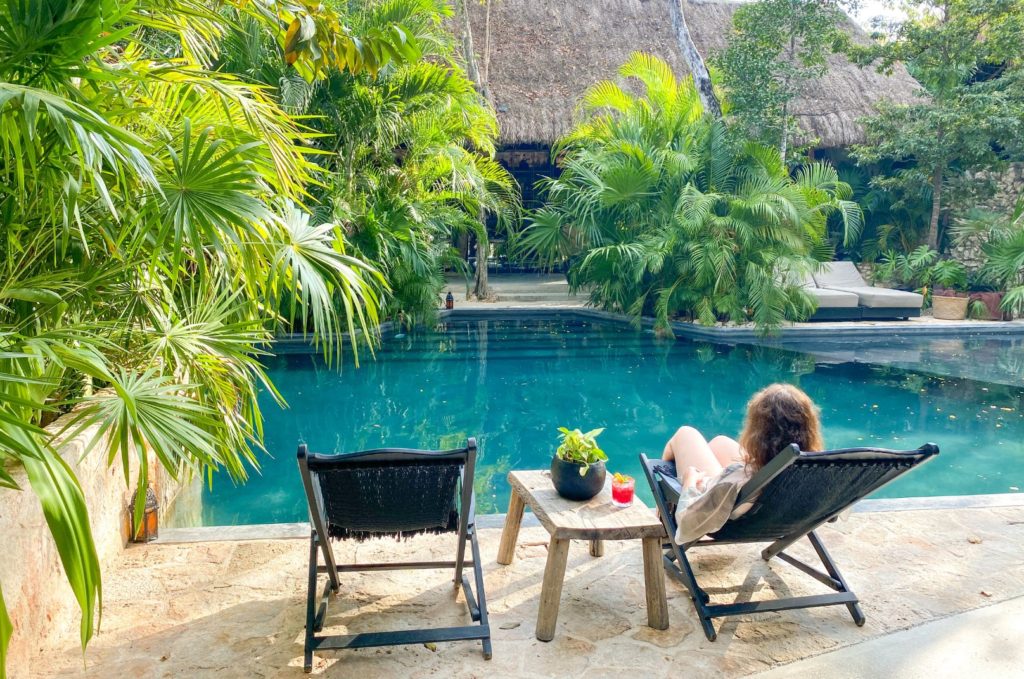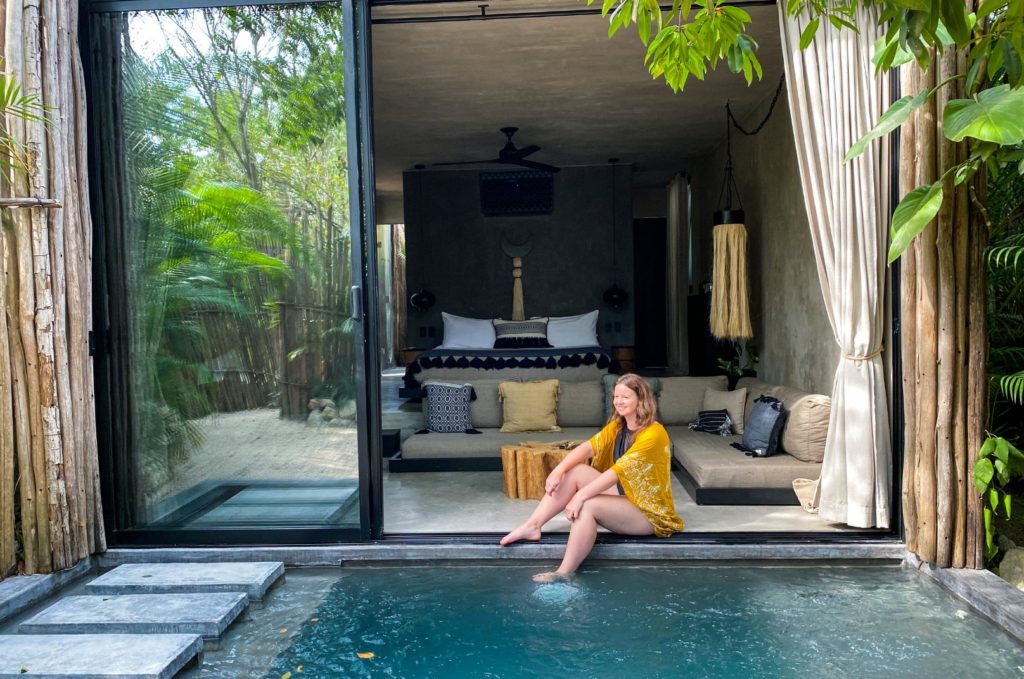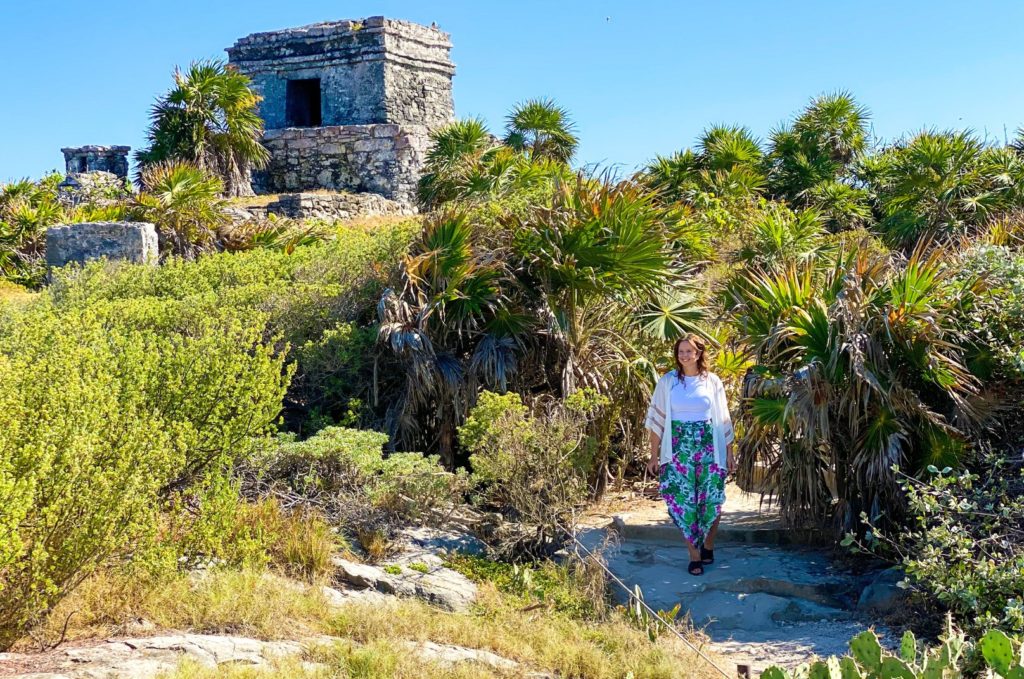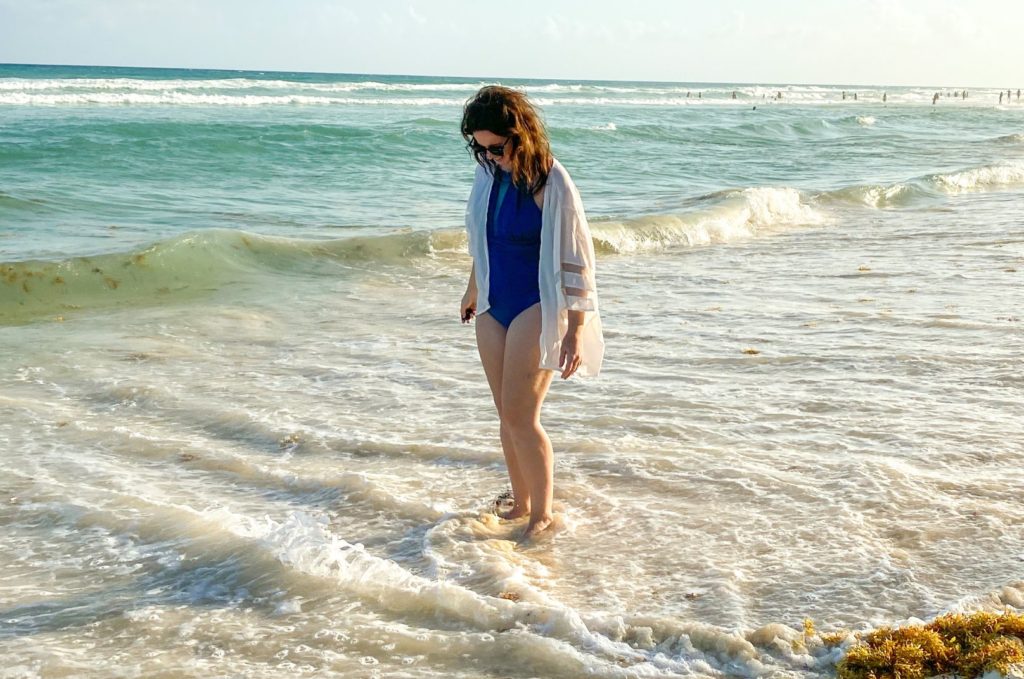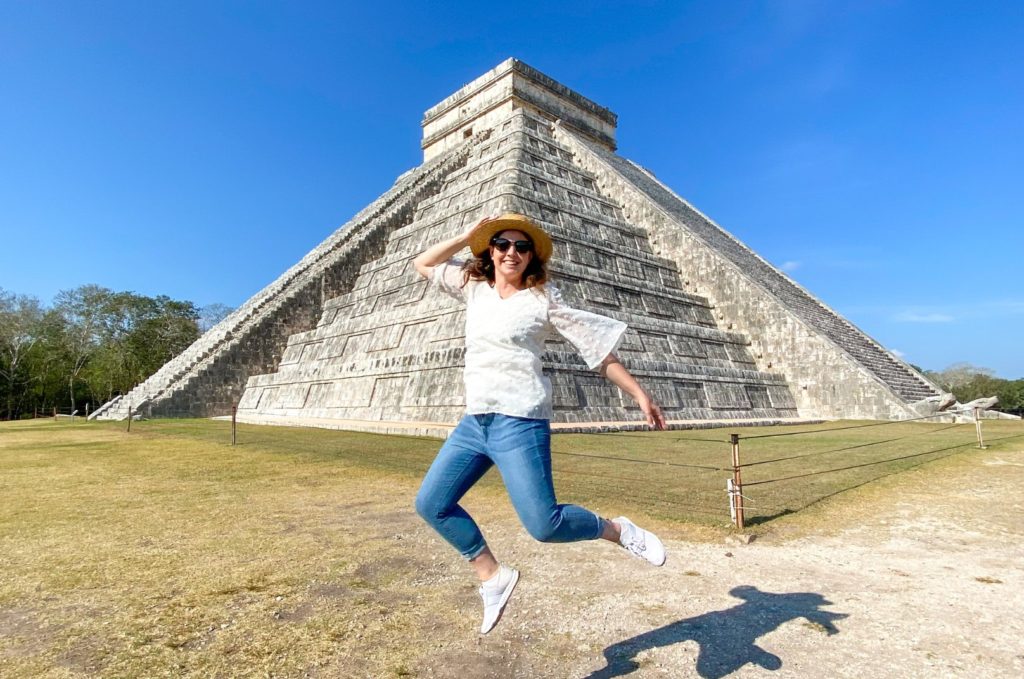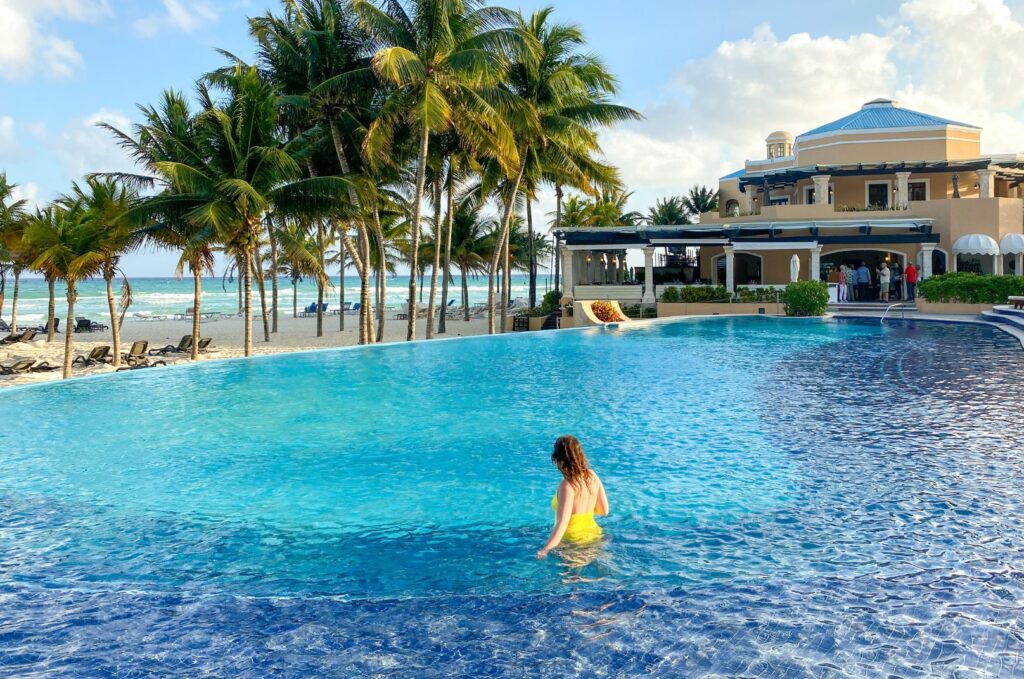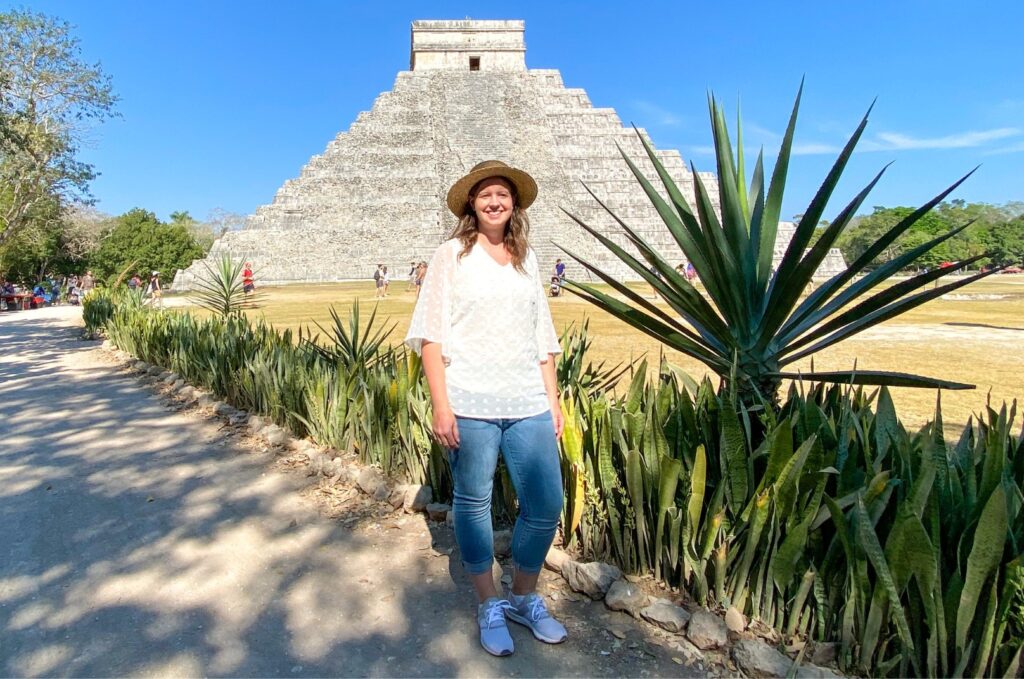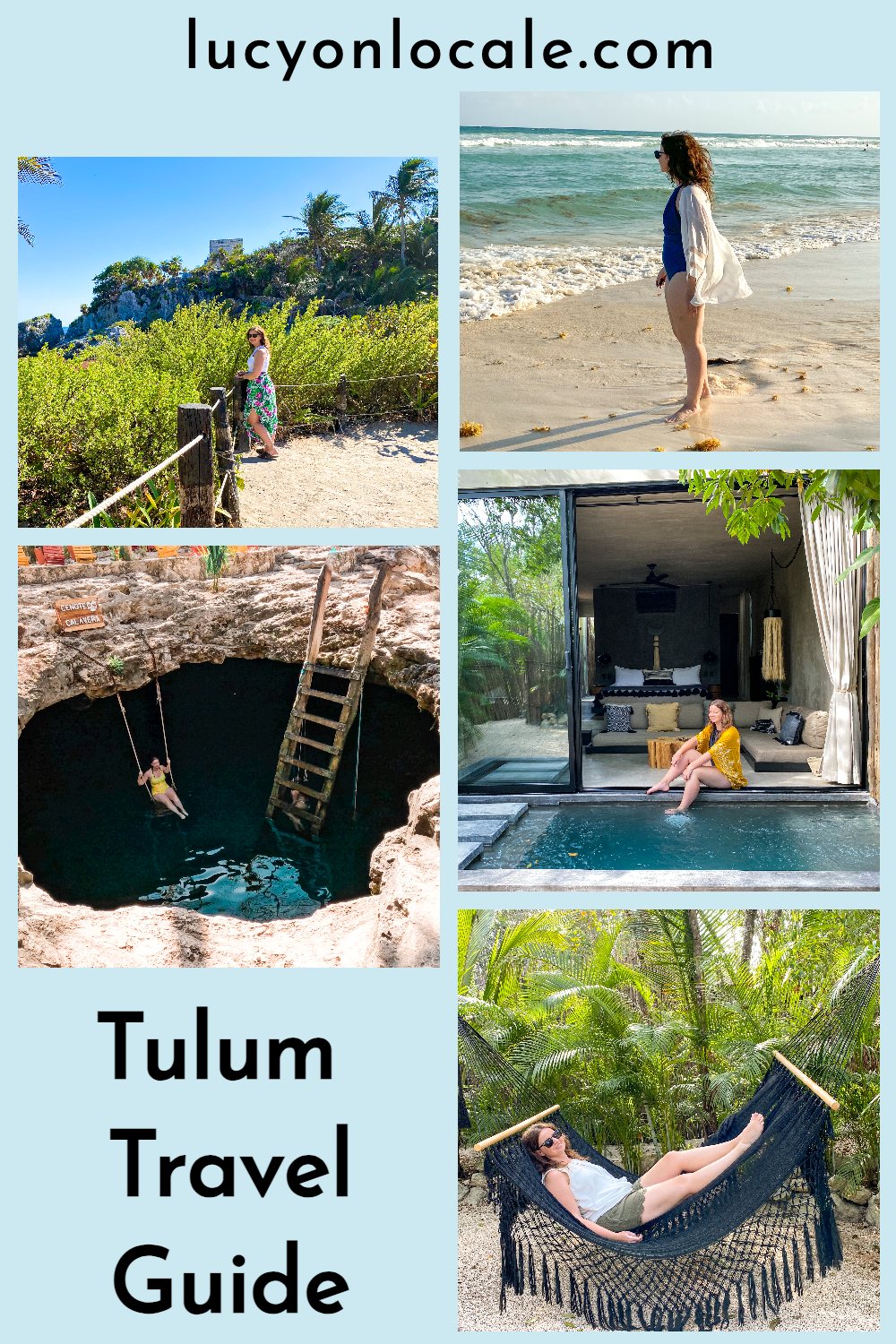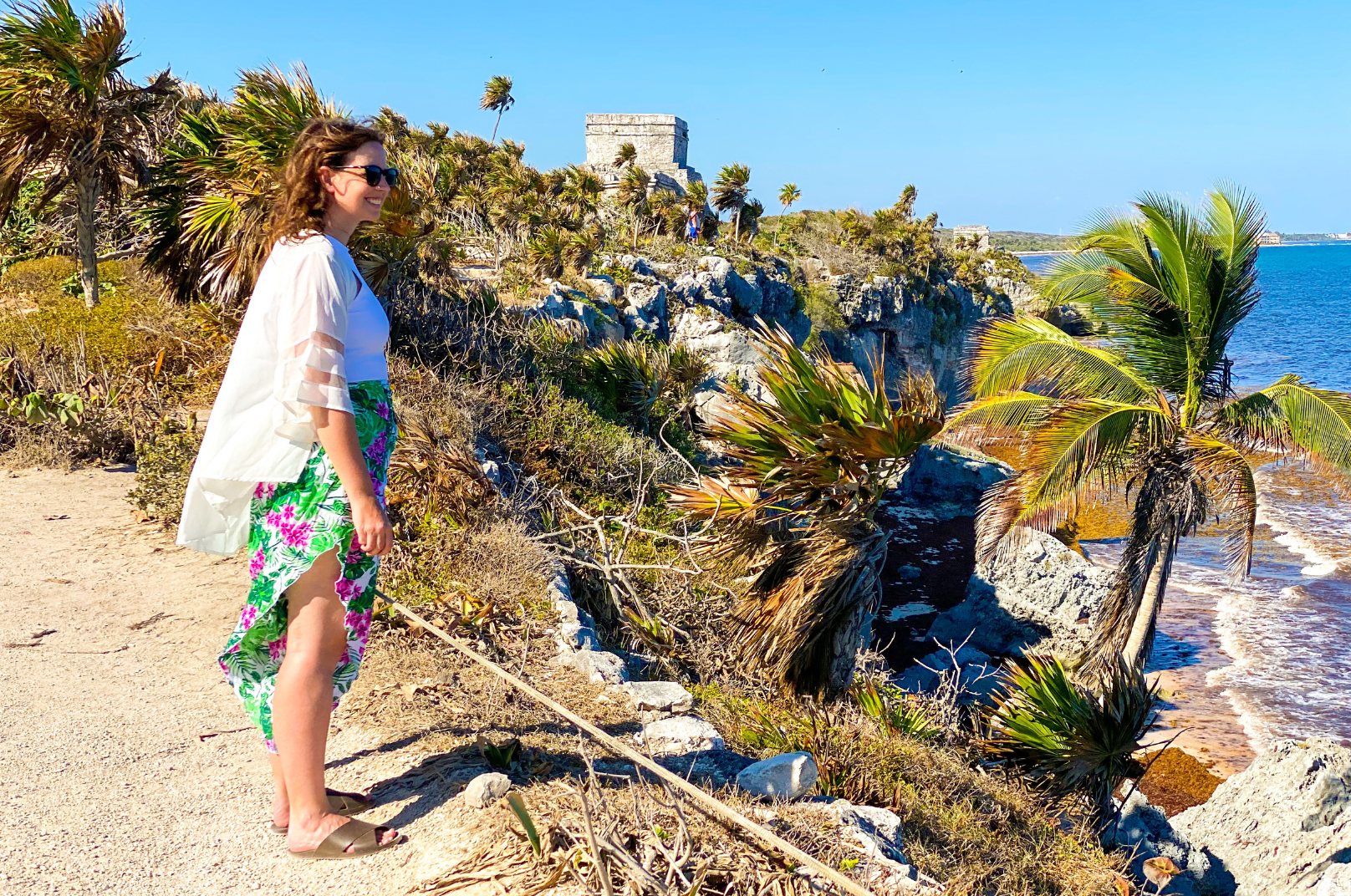
Nestled amidst the lush jungles of Mexico’s Yucatan Peninsula, Tulum is a tropical paradise with incredible resorts, diving, beaches, restaurants, art galleries, cenotes, and Mayan ruins. Whether you’re seeking an adventure vacation or a tranquil getaway, this Tulum travel guide will help you plan the perfect trip.
Riviera Maya Travel Guide
Know Before You Go: Tulum is split into two areas – the trendy, high-end Tulum Beach and the laid-back bohemian Tulum Town (also called Tulum Pueblo).
Tulum Town is a more authentic local experience with traditional food stalls, more affordable hotels, and easy access to nightlife. But you’ll be about a 15-minute drive or 30-minute bike ride from the beach. Tulum Beach is a more traditional tourist area with multiple hotel zones offering direct beach access at a premium price.
Here’s the ultimate Tulum travel guide!



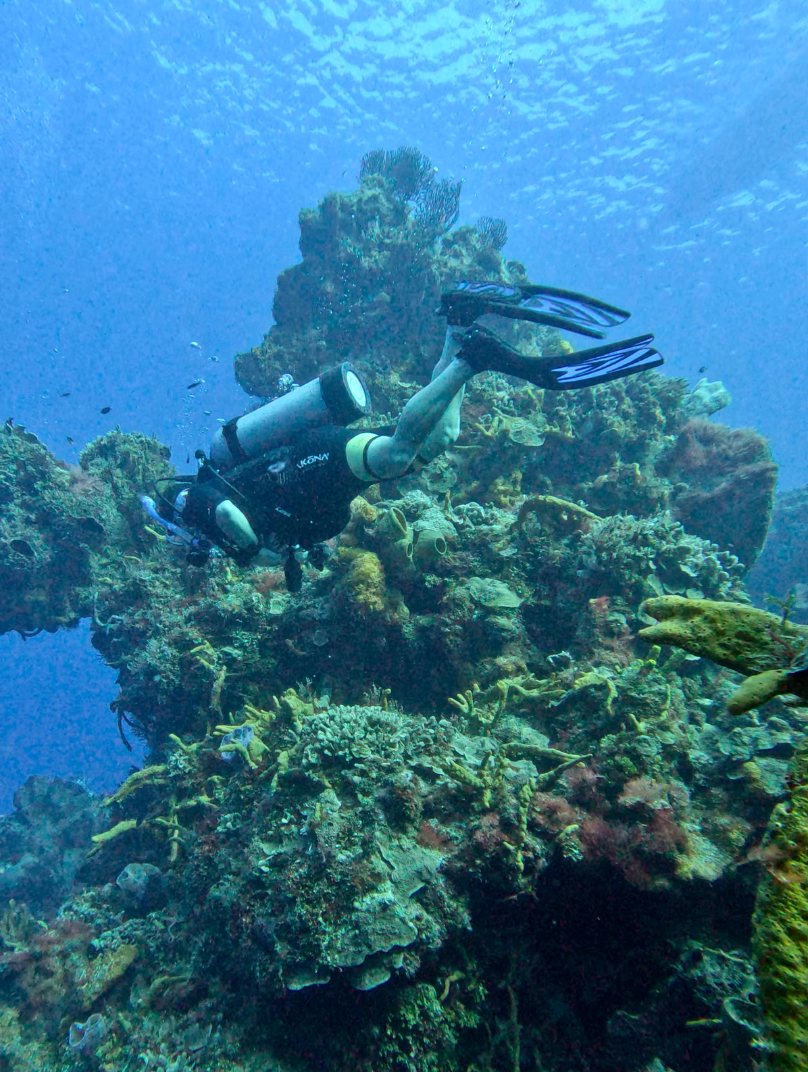
When To Go
May – August is Tulum’s peak season. Prices and tourist numbers will be at their highest, so book in advance to save some money. These months are hot and humid, but the summer is perfect for sunshine, clear skies, and water activities.
September – November is hurricane season, so this is the off-season. Crowds and prices will be at their lowest, and the chance of rain, choppy water, cloudy skies, and bad weather will increase. If you’re willing to risk the weather, you can score some great accommodation rates during these months.
December – February is cooler than the rest of the year but still pleasant. If you dive during these months, you’ll want a thicker wetsuit to stay warm underwater. Rain is common during these months, but it’s usually brief afternoon showers that help keep you cool. To save money during these months, avoid the holidays and long weekends.
March – April has fabulous weather – dry, sunny, and not too hot. But these months are more crowded and expensive because of Spring Break trips, so book in advance to save some money.
If you’re a diver, May – August is whale shark season, and November – March is bull shark season.

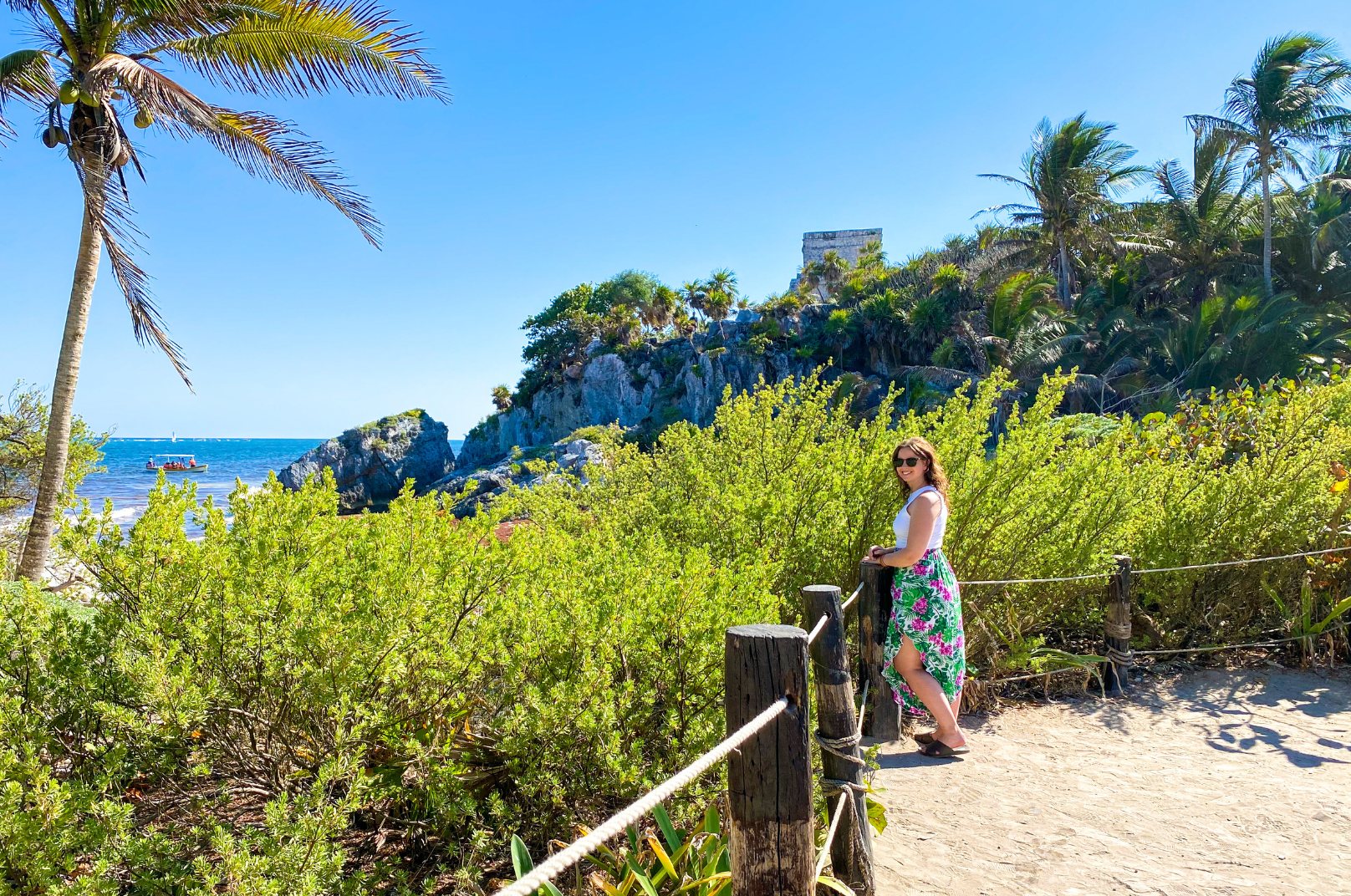
The Tulum Ruins
The Tulum Ruins was once a walled city that served as a major trading port during the height of the Mayan civilization. These ruins are unique because they’re perched on a cliff above the Caribbean Sea.
Plan on spending a couple of hours exploring the Tulum Ruins and its beach, and be sure to visit the Temple of the Descending God, the Temple of the Frescoes, and the Castillo.
You have to walk a long way to the entrance, and the ground is rocky, sandy, and uneven inside the ruins, so wear comfortable shoes that won’t slip off your feet.
There’s also little shade here, so bring a hat, sunscreen, and sunglasses. Other than Chichen Itza, the Tulum Ruins are the next most popular Mayan archaeological site in the Yucatan Peninsula, so arrive early to beat the heat and some of the crowds.

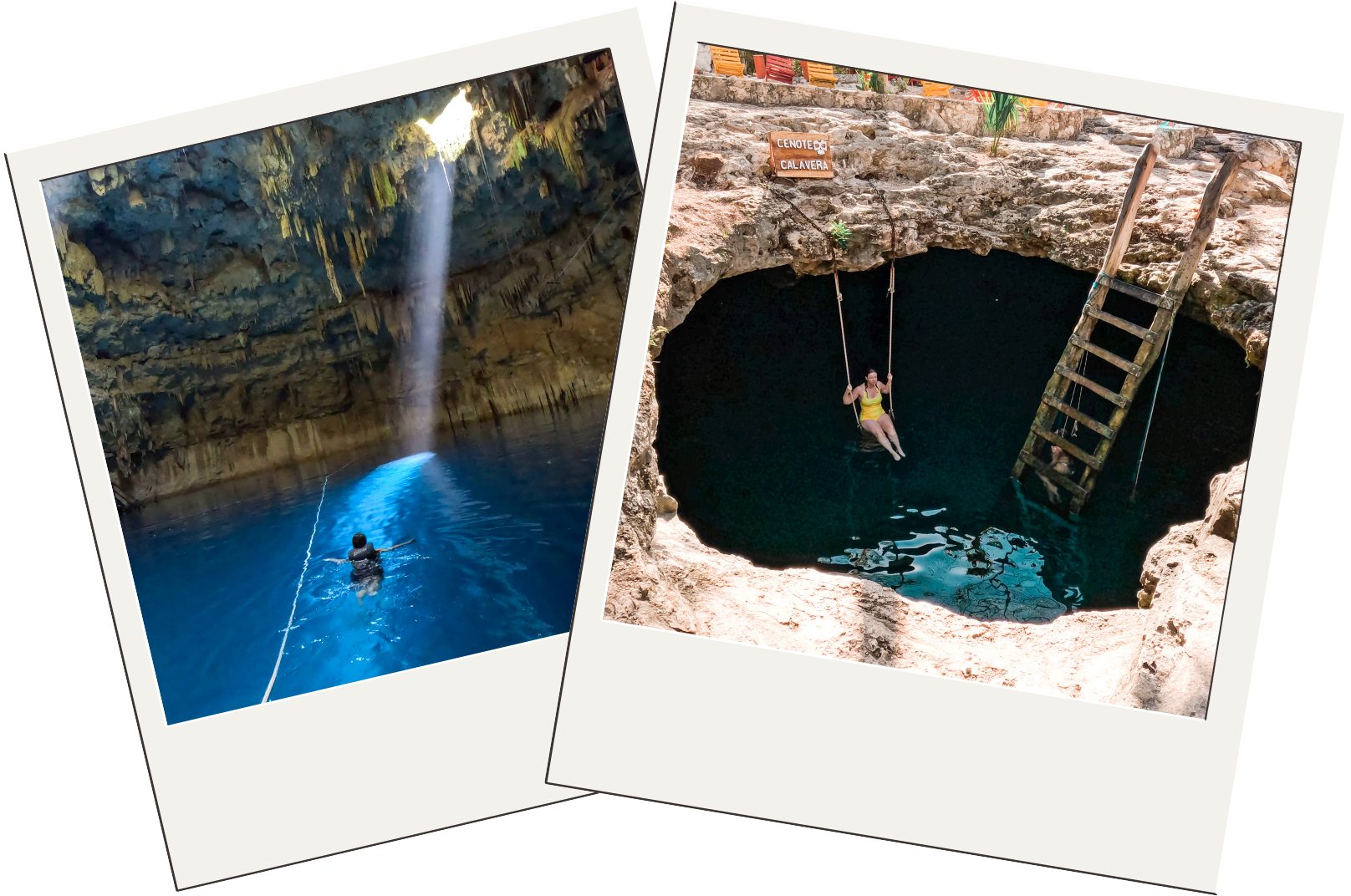
Cenotes
Cenotes are natural sinkholes that form crystal-clear freshwater underground pools. These natural wonders are only found on Mexico’s Yucatan Peninsula, so you don’t want to miss them when you’re here.
The underwater caves and caverns create a unique and breathtakingly beautiful swimming experience with underwater passageways, stalactites and stalagmites, and amazing marine life. You can dive, snorkel, cliff jump, and swim in dozens of public cenotes in Tulum.
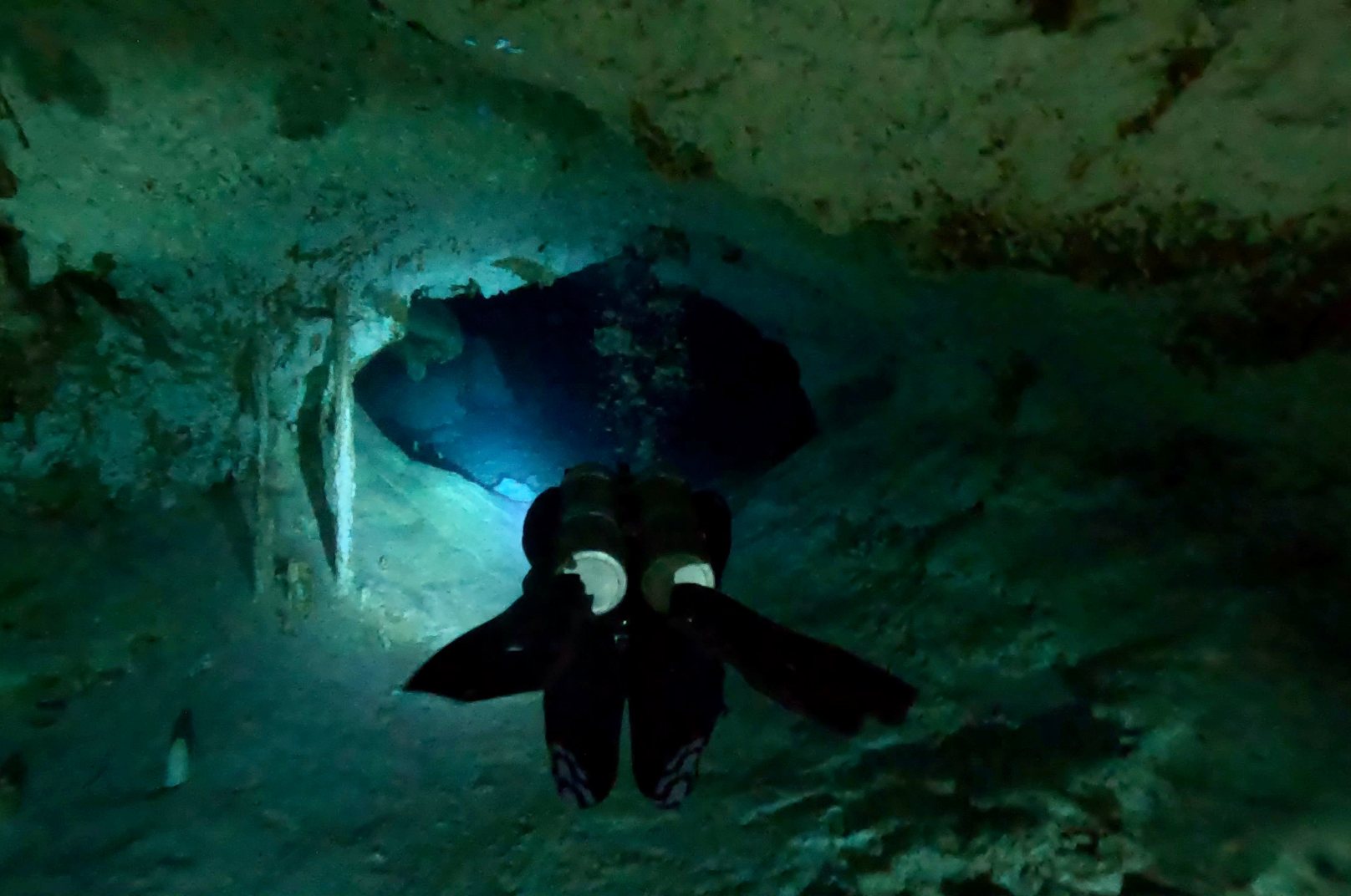
Some of the most famous cenotes include Gran Cenote, Cenote Calavera, and Dos Ojos, but there are also more off-the-beaten-path cenotes you can explore.
Best Cenotes in the Riviera Maya
If you want to dive in a cenote (which I highly recommend), check out my guide to cenote diving!

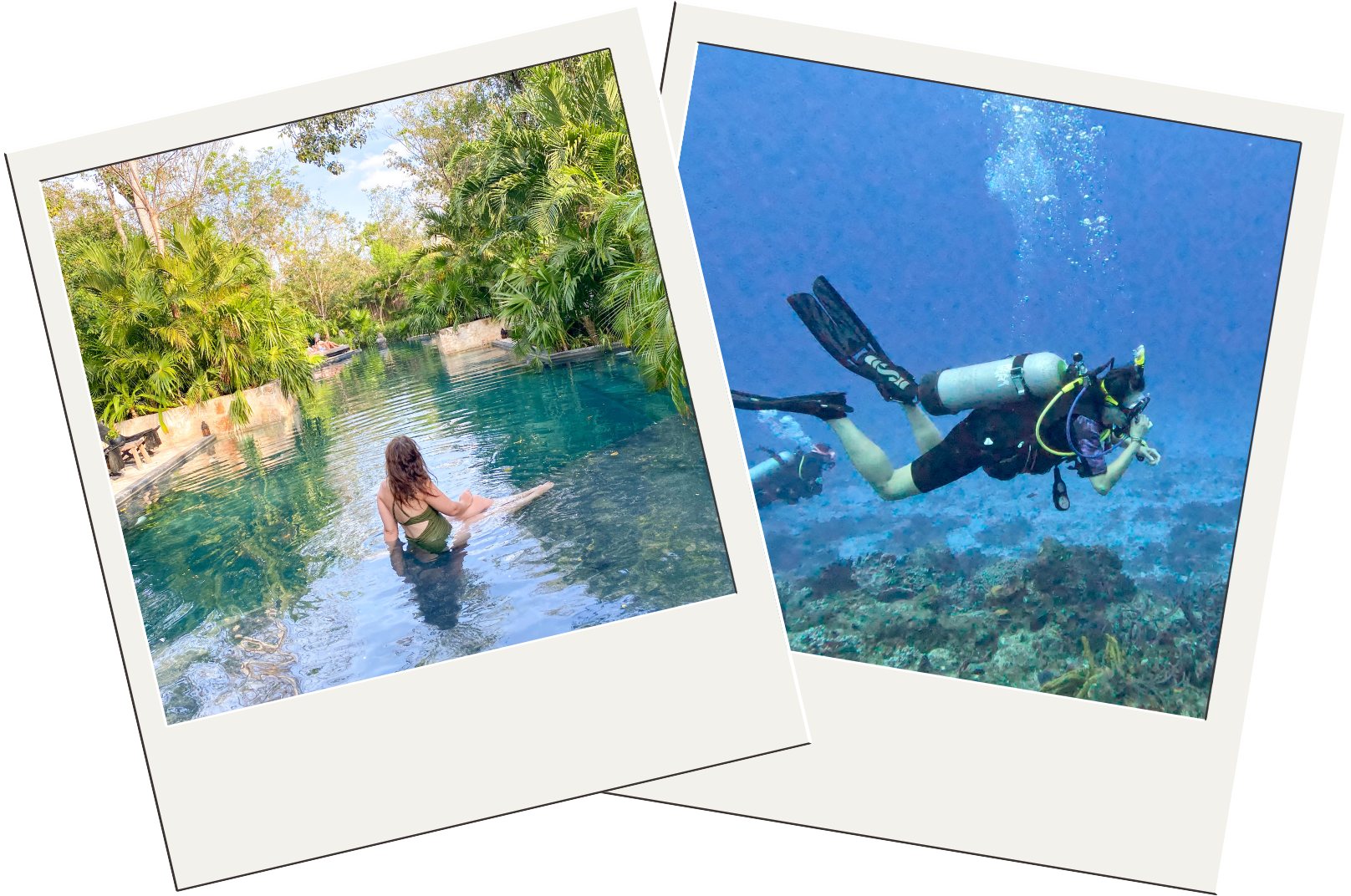
What To Do
 Have a beach day. I recommend getting a day pass to a beach club if your hotel doesn’t have one!
Have a beach day. I recommend getting a day pass to a beach club if your hotel doesn’t have one!
 Go ATVing in the jungle.
Go ATVing in the jungle.
 Visit one of Tulum’s open-air markets.
Visit one of Tulum’s open-air markets.
 Zipline through the jungle canopy.
Zipline through the jungle canopy.
 Do a food and drink tour where you’ll sample authentic dishes from local restaurants.
Do a food and drink tour where you’ll sample authentic dishes from local restaurants.
 Sail on a catamaran along the coast.
Sail on a catamaran along the coast.
 Explore the Xplor Adventure Park.
Explore the Xplor Adventure Park.
 Go diving or snorkeling.
Go diving or snorkeling.

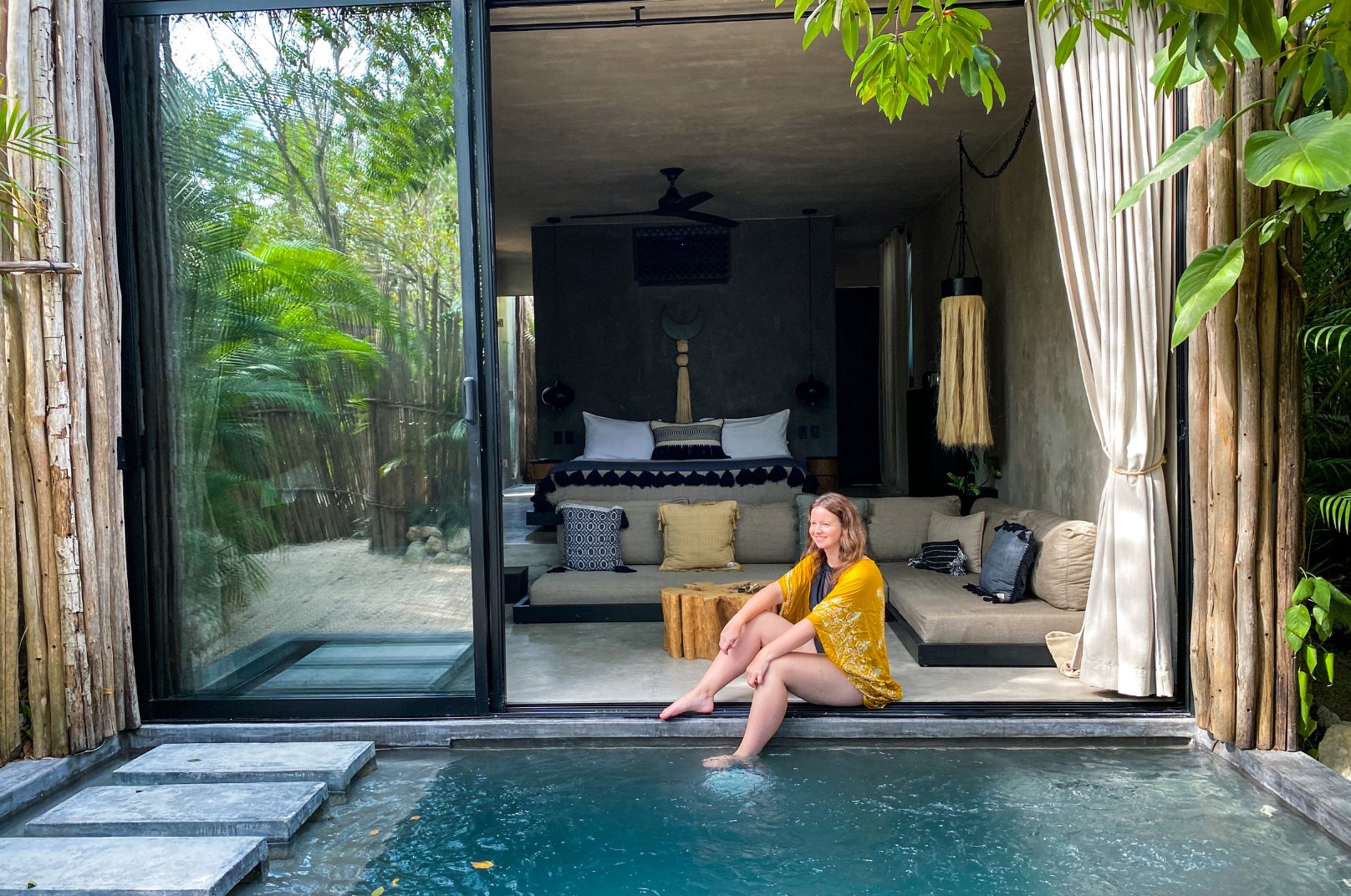
Where To Stay
Tulum has incredible accommodations for every budget and preference, so I’ve rounded up the best options for you!

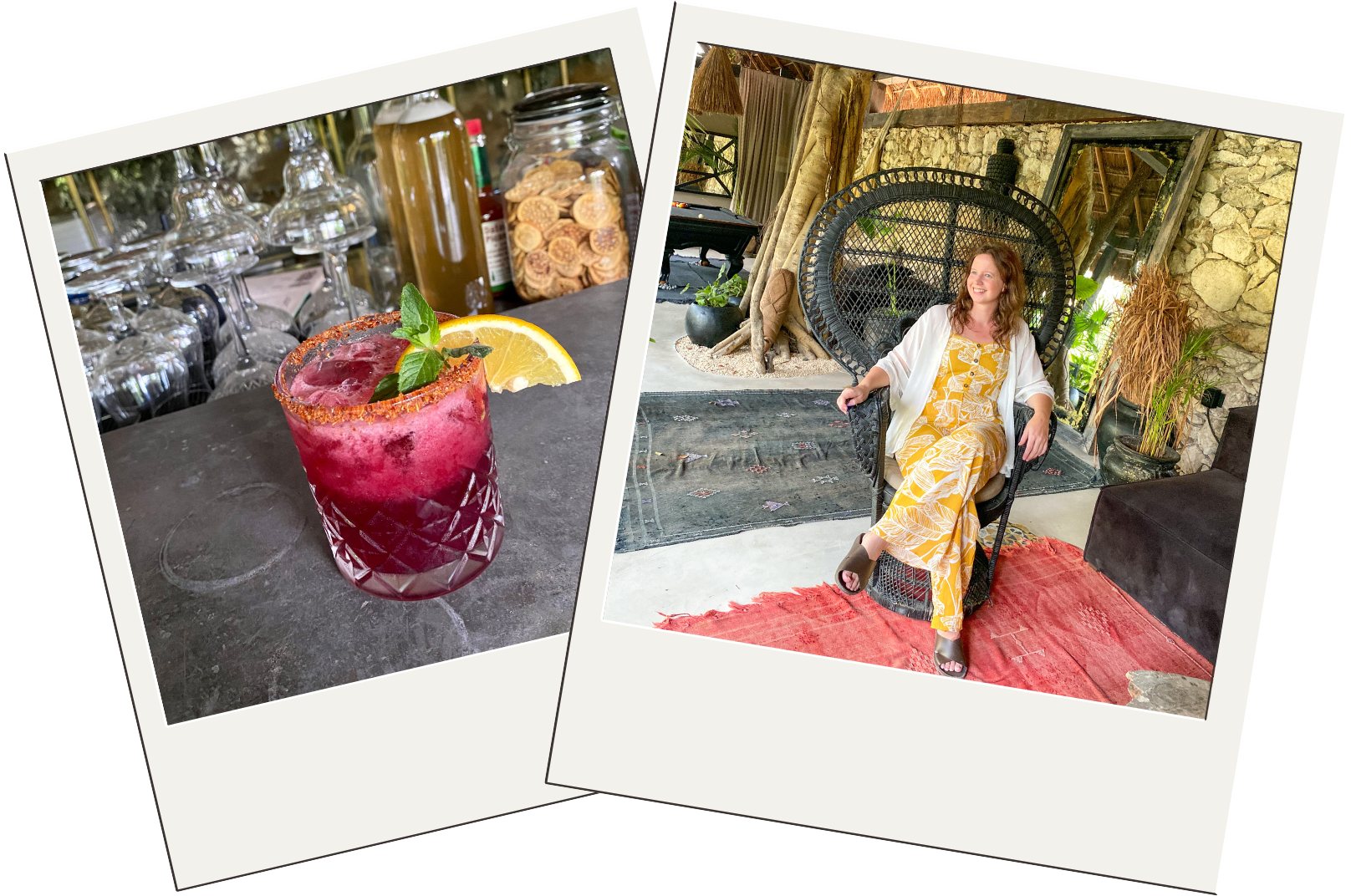
Where To Eat
The best foods I at in Tulum are fresh ceviche, tacos al pastor, savory cochinita pibil, and elotes, corn on the cob slathered with tangy crema, crumbly cheese, and spicy chili powder. Tulum is also home to a thriving mixology culture, so be sure to try some one-of-a-kind cocktails!
Here are the best restaurants in Tulum.
My Favorites: ARCA (Vegetarian, $$-$$$), The Kitchen Table (Mexican, Latin, Seafood, $$-$$$), The Real Coconut at Sanará (Vegetarian, Vegan, $$-$$$).
Mexican: Casa Jaguar ($$-$$$), Mur Mur ($$-$$$), Cenzontle ($$-$$$), Gitano ($$-$$$).
Beachfront: Moro at Habitas (Latin, International, $$-$$$), Taboo Tulum (Seafood, Mediterranean, $$$$), La Zebra Beach Restaurant and Bar (Mexican, Caribbean, $$-$$$).
Fine Dining: RosaNegra (Mexican, Latin, Seafood, $$$$), Hartwood (Latin, Seafood, $$$$), Posada Margherita (Italian, Seafood, Mediterranean, $$$$).
International: Macondo at Nomade (Moroccan, Mediterranean, $$-$$$), Mezzanine (Thai, $$-$$$), Loco Tulum (Mediterranean, Seafood, $$-$$$).
Cheap Eats: Antojitos La Chiapaneca (Authentic Tacos, $), Matcha Mama (Cafe, $$), Safari (Mexican, $$).

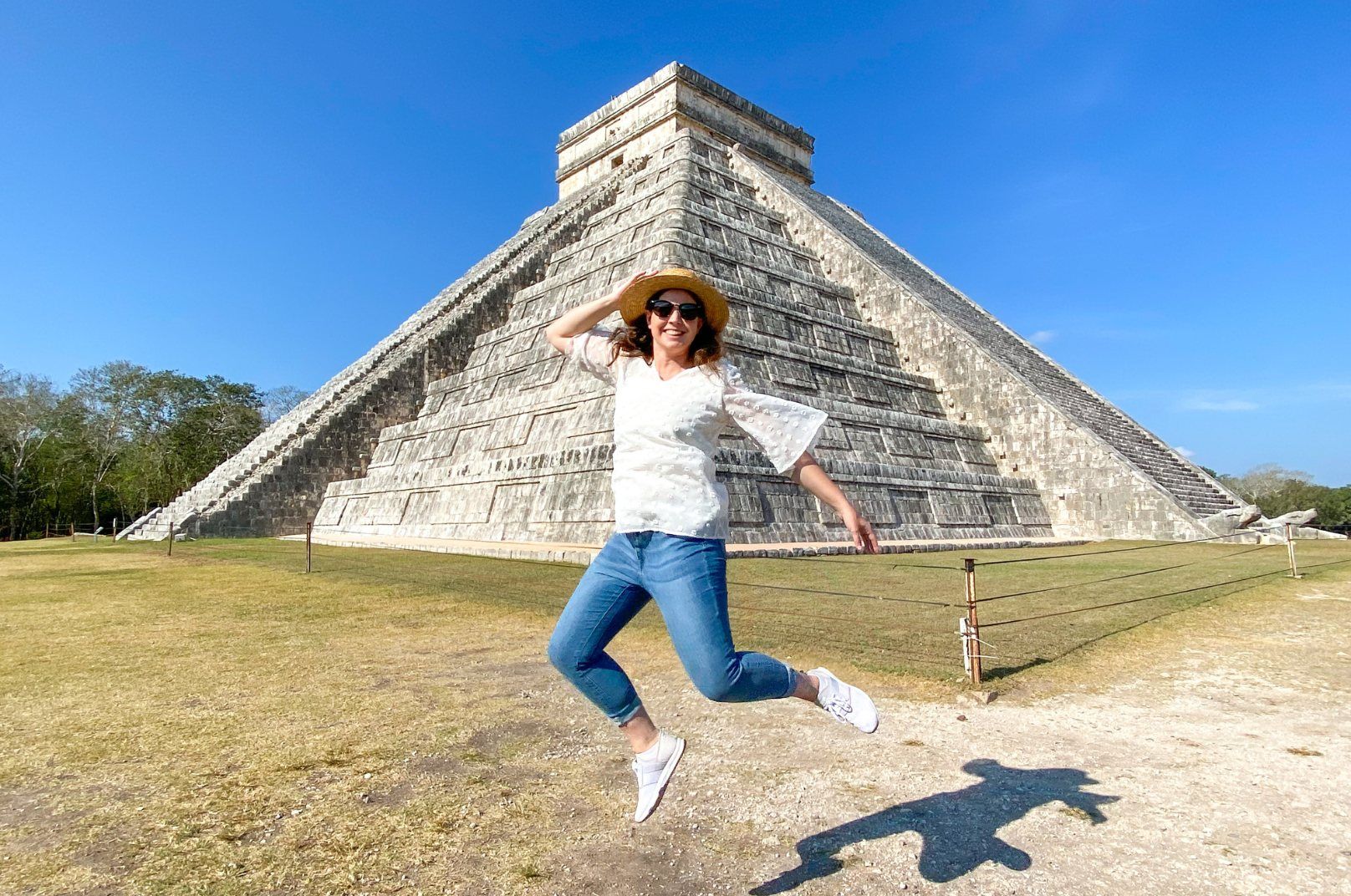
Best Day Trips
Chichen Itza. As one of the New Seven Wonders of the World, Chichen Itza is the most famous and iconic Mayan site on the Yucatan Peninsula. I recommend hiring a guide to explore the Pyramid of Kukulcan, the Great Ball Court, the Temple of the Warriors, the Sacred Cenote, El Castillo, and El Caracol.
Pro tip for visiting Chichen Itza: It opens at 8:00 am every day, and arriving early is the best way to avoid some of the crowds and beat the heat.
If you want to spend more than a day at Chichen Itza and the surrounding area, there are some incredible hotels nearby!
Sian Ka’an Biosphere Reserve. This UNESCO World Heritage site offers a unique opportunity to explore a pristine ecosystem. Take a guided boat tour through the reserve, gliding along the crystal-clear waters of lagoons and mangrove channels, looking for dolphins, sea turtles, and colorful bird species.
Coba. This archaeological site has stayed remarkably off-the-beaten-tourist path. I recommend renting a bicycle to explore these sprawling ruins deep in the jungle. The main pyramid, Nohoch Mul, is the tallest in the region, and you can climb to the top of it for stunning views.
Read More

What To Pack
In addition to your usual travel essentials, you’ll want these items:
-Multiple Swimsuits: With so many opportunities for water activities, you’ll want to make sure you have several swimsuits packed so you always have a dry one. I highly recommend this colorful, tropical bikini and this retro one-piece.
–Reef-Safe Sunscreen: The sun can be intense in Mexico, so pack plenty of sunscreen to protect your skin.
-Insect Repellent: Mosquitoes can be a problem in certain areas, so bringing insect repellent is a good idea.
-Water Shoes: If you plan on exploring the cenotes or boating, water shoes will come in handy.
-Comfortable Shoes: With all the walking and exploring you’ll be doing, it’s important to bring comfortable walking shoes in addition to sandals.
-Lightweight Clothing: Mexico can be hot and humid, so pack lightweight, breathable, quick-drying clothing.
-Electrical outlets in Mexico are Types A and B. So if you’re from the U.S., you won’t need an outlet adaptor. But British, European, and other travelers will need an adaptor.

What would you add to this Tulum travel guide? Share with us in the comments!

Recommended Tours in Tulum

Plan The Rest Of Your Trip

This Tulum travel guide is not a sponsored post, and the thoughts and opinions expressed in this Tulum travel guide are entirely my own. Some of the links in this Tulum travel guide are affiliate links, and at no cost to you, I may earn a small commission from this Tulum travel guide.
 Destinations
Destinations Packing
Packing Travel Tips
Travel Tips
 Photography
Photography Points & Miles
Points & Miles Credit Cards
Credit Cards
